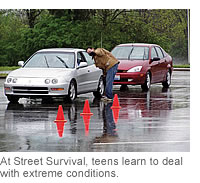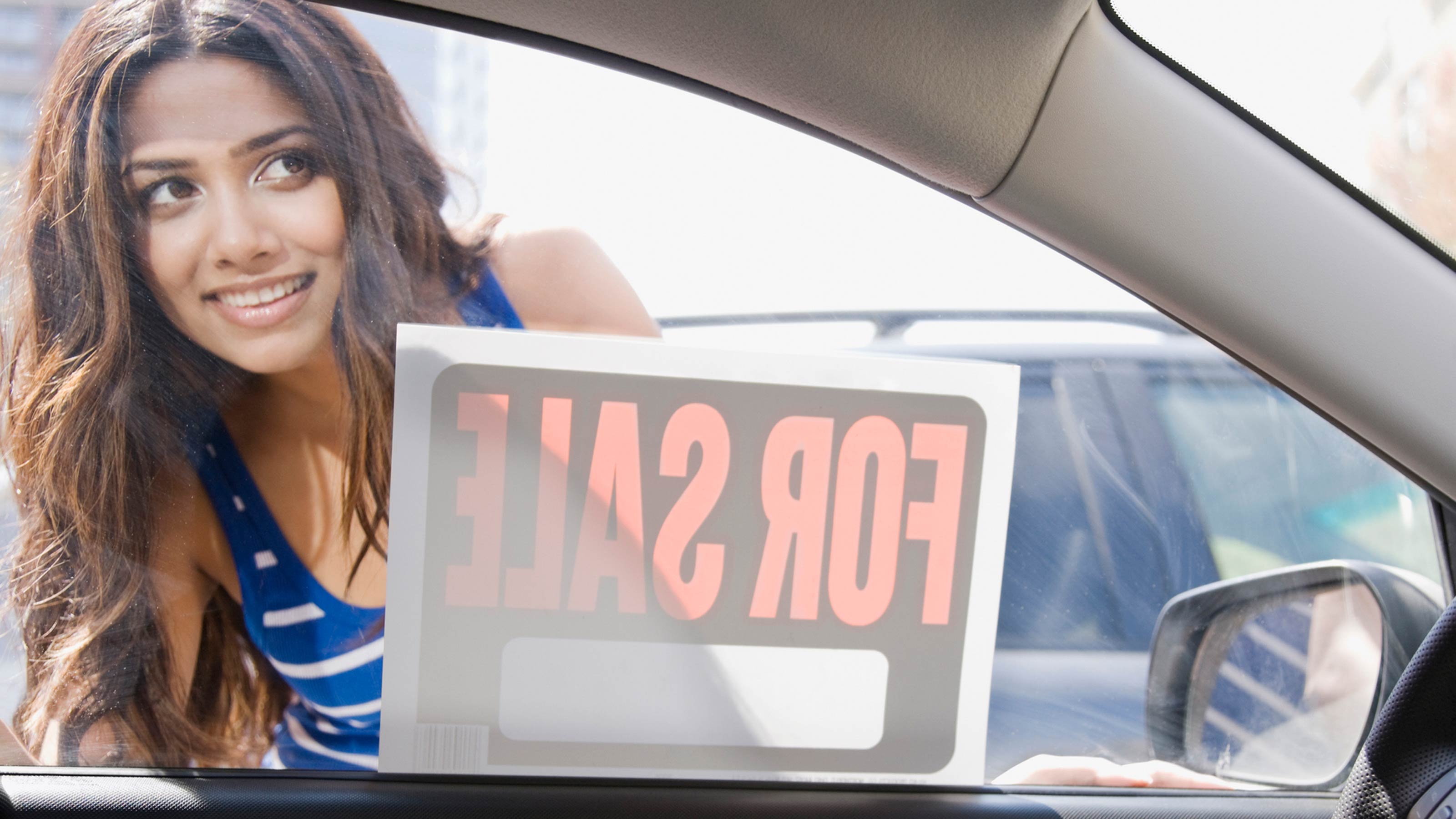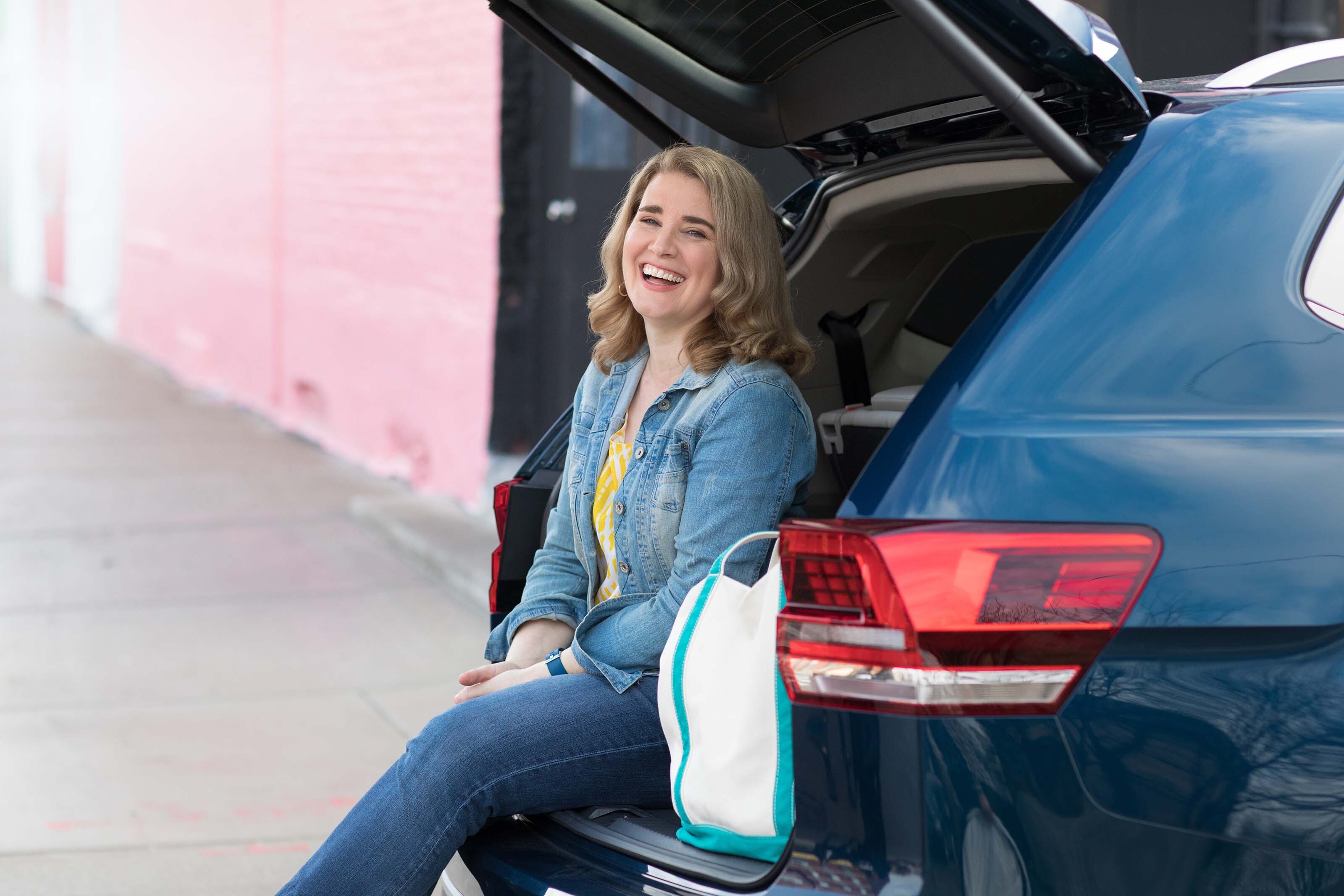Street Smarts for Teen Drivers
To encourage save driving, consider adding an emergency-maneuvers driving course to your teen's training.

When I was 15, I took driver's ed so I could drive on my 16th birthday. The high school shop teacher -- a humorless fellow with a crew cut and thick-soled black shoes -- taught the course. He showed us a lot of filmstrips about teens who took chances and met their demise, and we spent a lot of time learning how to parallel park. Did it make me a better driver? Probably not. But you should see me pull a Suburban into a Suzuki-size space.
| Row 0 - Cell 0 | Driving Schools for Teens |
| Row 1 - Cell 0 | Prune Premiums for Teen Drivers |
| Row 2 - Cell 0 | Kiplinger's 2007 Auto Buyer's Guide |
Now that my son is of driving age, I'm doing things differently. I've already put in countless white-knuckled hours riding shotgun as he makes mistakes behind the wheel and I (not always calmly, I admit) correct them. Because he needs a whole lot more experience, it will probably be another six months -- when he is 18 -- before he gets his license.
Extreme driving
I've added another ingredient to the recipe for safe teen driving: an emergency-maneuvers driving course. So on a recent Saturday I watched my son and two dozen other teens accelerate and slam on the brakes, take curves too fast and make the car skid on a hosed-down parking lot -- all to practice regaining control.
From just $107.88 $24.99 for Kiplinger Personal Finance
Become a smarter, better informed investor. Subscribe from just $107.88 $24.99, plus get up to 4 Special Issues

Sign up for Kiplinger’s Free Newsletters
Profit and prosper with the best of expert advice on investing, taxes, retirement, personal finance and more - straight to your e-mail.
Profit and prosper with the best of expert advice - straight to your e-mail.

The one-day course, called Street Survival, is designed to give teens the skills to deal with extreme conditions. Supported by the BMW Car Club of America Foundation and Tire Rack, an online store, it has grown from a few sessions in 2003 to nearly 40 in 2006. Most sessions are organized by the local BMW Car Club of America and staffed by volunteers, who ride with the teens as they go through maneuvers. The volunteers are car enthusiasts and often high-performance-driving instructors.
Students bring their own cars, which is useful for learning a car's limits but can do a number on its tires. Before the kids head to the driving course, they must sit through a short class. Our instructor went over essential concepts of safe driving, such as the importance of always looking ahead, how braking and cornering change the traction of tires, and how to handle skids.
My son nodded at me when the instructor repeated concepts I'd told him but that he hadn't taken seriously before. In the maneuvers, he was, ah, enthusiastic, which earned him the moniker Cone Killer.
A bargain price
A nice surprise about Street Survival is the cost: $60, which included breakfast and lunch for me and my son. A few other low-cost courses are gaining traction. For example, Driver's Edge, sponsored by Bridgestone, is offered in a dozen cities and is free. Other programs cost several hundred dollars (see a list of courses).
Most insurance companies offer up to a 20% break for teenage drivers who maintain a B average. State Farm and Allstate also have home-based programs that can knock another 15% off premiums. But so far insurance companies have been reluctant to offer discounts for completing an advanced-skills course. The problem is a lack of data and a misconception that the extra confidence will lead to more-risky driving, says Bill Wade, national program manager for Street Survival. "I equate it to the thought that if we teach kids about sex, they're going to go out and have sex," he says.
Until there's a greater financial reward for advanced-skills training, the number of participants is likely to be limited. So it's up to parents to make sure that kids learn the skills they need to stay out of trouble. If you're not up to that task, do your teen -- and the other drivers on the road -- a favor and find someone who is.
Profit and prosper with the best of Kiplinger's advice on investing, taxes, retirement, personal finance and much more. Delivered daily. Enter your email in the box and click Sign Me Up.

Mark was the editor of Kiplinger's Personal Finance magazine from July 2017 to June 2023. Prior to becoming editor, he was the Money and Living sections editor and, before that, the automotive writer. He has also been editor of Kiplinger.com as well as the magazine's managing editor, assistant managing editor and chief copy editor. Mark has also served as president of the Washington Automotive Press Association. In 1990 he was nominated for a National Magazine Award. Mark earned a B.A. from University of Virginia and an M.A. in Writing from Johns Hopkins University. Mark lives in Washington, D.C., with his wife, and they spend as much time as possible in their Glen Arbor, Mich., vacation home.
-
 Santa Claus Rally at Risk as Tech Stocks Slump: Stock Market Today
Santa Claus Rally at Risk as Tech Stocks Slump: Stock Market TodayThe Nasdaq Composite and Dow Jones Industrial Average led today's declines as investors took profits on high-flying tech stocks.
-
 7 Ways to Save Money on Almost Everything
7 Ways to Save Money on Almost EverythingHigh prices got you down? These strategies can help you reap deep discounts on everyday spending.
-
 My Top 10 Stock Picks for 2026
My Top 10 Stock Picks for 2026Each year, we ask an expert to pick 10 stocks that have the potential to beat the market over the next 12 months. Here are his choices for 2026.
-
 10 Things You Should Know About Buying a Car Today, Even if You've Bought Before
10 Things You Should Know About Buying a Car Today, Even if You've Bought BeforeIf buying a car is on your to-do list, and it's been a while since you went shopping for a new one, this guide will help avoid any nasty shocks in the showroom.
-
 Get the Best Car Deal in Retirement: Here's the Trick
Get the Best Car Deal in Retirement: Here's the TrickPlanning on shopping for a new car this Labor Day weekend? Here’s how to haggle for a better price, even though you're retired.
-
 7 Gas-Saving Tips That Actually Work
7 Gas-Saving Tips That Actually WorkThese are gas-saving tips that will actually work for you and your car this year.
-
 Want to Lease an EV? The Tax Credit 'Loophole' for That Is Going Away Soon
Want to Lease an EV? The Tax Credit 'Loophole' for That Is Going Away SoonTax Credits If you are deciding whether to lease or buy an electric vehicle, here is what you need to know about how the EV lease tax credit works now that it will be eliminated under Trump's new tax law.
-
 Car Buying in a Topsy-Turvy Market
Car Buying in a Topsy-Turvy MarketYou need a new car? Good luck with that! What should you do? We've got some answers.
-
 Watch Out for Flood-Damaged Cars from Hurricane Ian
Watch Out for Flood-Damaged Cars from Hurricane IanBuying & Leasing a Car In the wake of Hurricane Ian, more flood-damaged cars may hit the market. Car prices may rise further because of increased demand as well.
-
 Car Buyers: The 3-Day Grace Period Is Just a Myth!
Car Buyers: The 3-Day Grace Period Is Just a Myth!Buying & Leasing a Car Many car buyers think they have three days after making a purchase to return a car. Here’s where they’re going wrong, and what they should do instead to get a decent used car.
-
 PODCAST: Car-Buying in an Inflated Market with Jenni Newman
PODCAST: Car-Buying in an Inflated Market with Jenni NewmanBuying & Leasing a Car With cars both scarce and expensive these days, what to do if you want – or need – a new ride? Car-buying strategist Jenni Newman of Cars.com shares some tips. Also, more on the magical 9% savings bond.